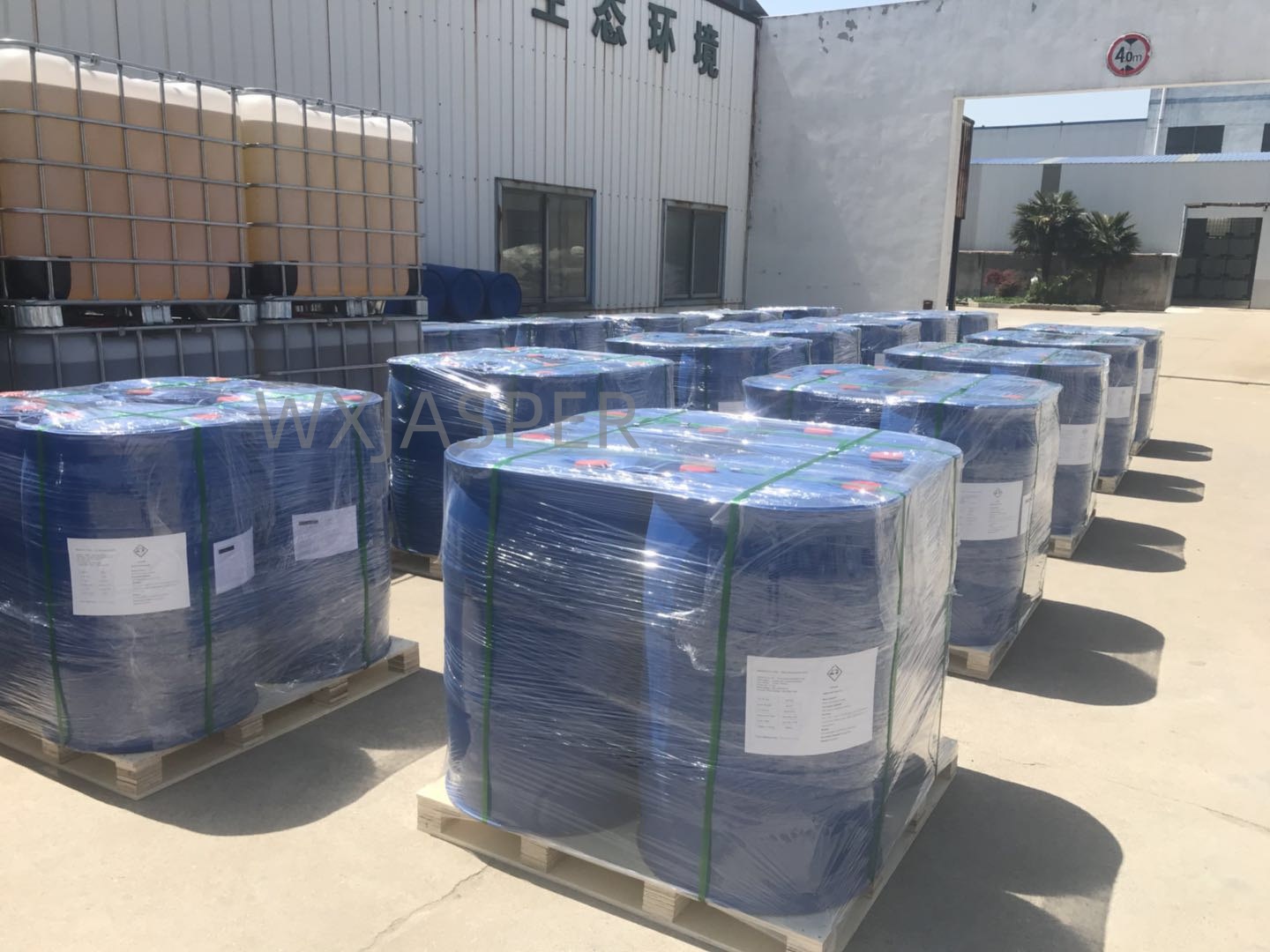Your Location:Home > Products > Solvents > Polyquaternium-47



CasNo: 197969-51-0
MF: (C10H21ClN2O)x.(C4H6O2)y.(C3H4O2)z
Appearance: liquid
Delivery Time: 15 days
Packing: 200kg/drum
Purity: 99%
|
Indicator |
Typical Value (Cosmetic-Grade Liquid) |
Description |
|
Appearance |
Colorless to pale yellow transparent viscous liquid; free of sediment or turbidity |
Ensures clarity in end products (e.g., clear shampoos, transparent hair gels) and avoids texture defects. |
|
Solid Content |
20% ± 2% or 35% ± 2% (two standard grades) |
20% grade for easy dilution in water-based formulations; 35% grade for concentrated storage/transport to reduce logistics costs. |
|
pH Value (1% aqueous solution, 25°C) |
4.5–6.5 |
Matches the natural pH of human hair (4.5–6.5) and skin (4.0–6.0), minimizing irritation even for sensitive users. |
|
Viscosity (25°C, Brookfield RVT; 35% solid content) |
5,000–20,000 mPa·s (spindle 6, 20 rpm) |
Moderate viscosity balances processability (easy mixing) and formulation thickening, reducing the need for extra thickeners (e.g., carbomers). |
|
Charge Density |
1.8–2.5 meq/g (cationic) |
Tunable via quaternization degree; high charge density ensures strong adsorption on negatively charged hair/skin surfaces. |
|
Solubility |
Easily soluble in water, ethanol, and propylene glycol; insoluble in non-polar solvents (e.g., mineral oil, hexane) |
Compatible with most cosmetic solvent systems, including water-alcohol blends (common in hair sprays). |
|
Thermal Stability |
Stable at 40°C for 12 months (no viscosity degradation or color change); decomposition temperature ≥220°C |
Resists heat during cosmetic processing (e.g., emulsion homogenization, spray drying) and long-term storage. |
|
Compatibility |
Compatible with anionic (SLES, CAPB), non-ionic (polysorbate 80), and amphoteric surfactants; no precipitation with common actives (vitamins, plant extracts) |
Enables flexible formulation design without phase separation risks. |